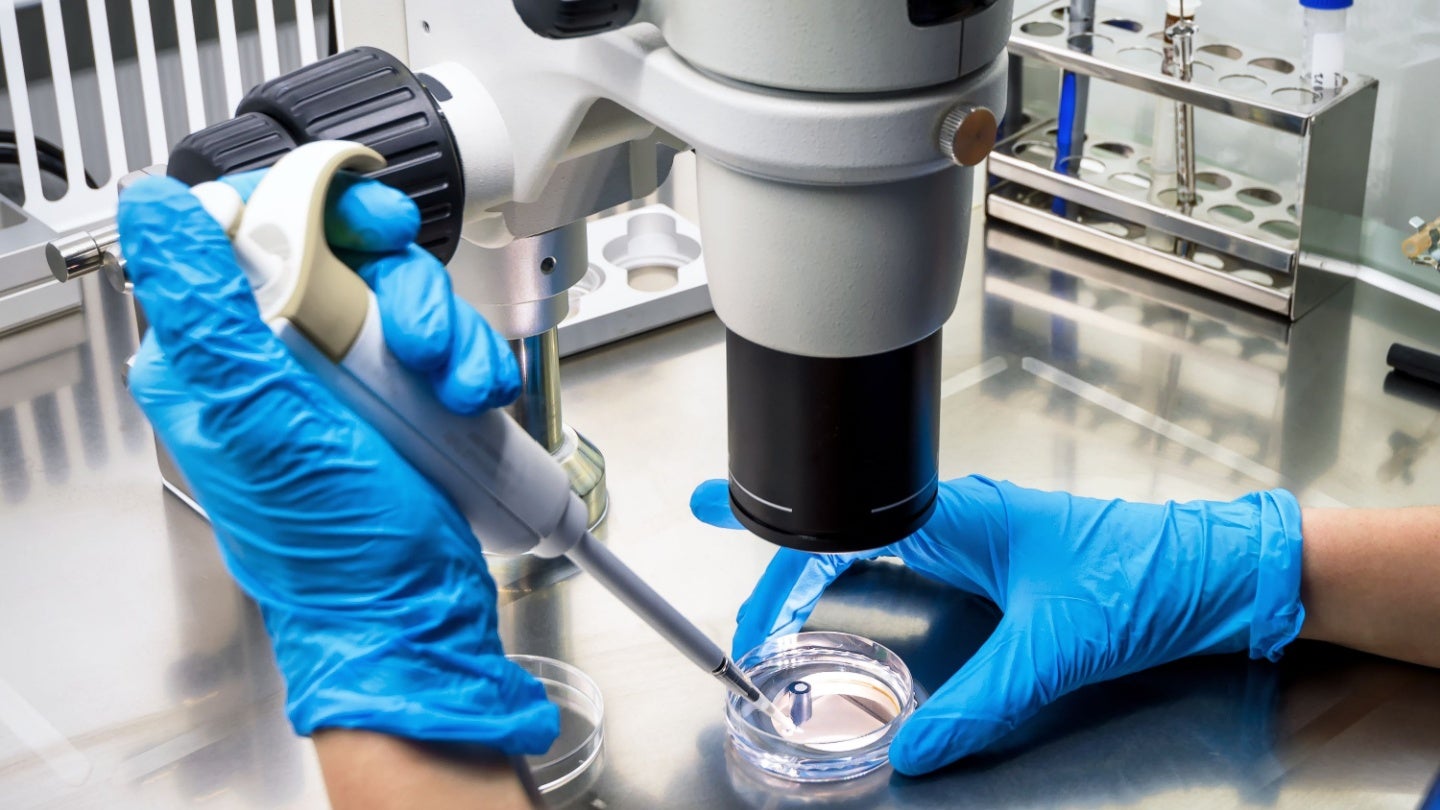Revolutionary One-Pixel Camera Captures Holographic Movies
In a groundbreaking development, researchers at Kobe University have unveiled a pioneering camera system capable of capturing three-dimensional videos using a single-pixel sensor. This innovative approach combines advanced holographic recording techniques with high-speed projections, enabling unprecedented capabilities, including the ability to visualize subjects that are obscured by scattering media or even non-visible wavelengths of light. […]
![]()
In a groundbreaking development, researchers at Kobe University have unveiled a pioneering camera system capable of capturing three-dimensional videos using a single-pixel sensor. This innovative approach combines advanced holographic recording techniques with high-speed projections, enabling unprecedented capabilities, including the ability to visualize subjects that are obscured by scattering media or even non-visible wavelengths of light. The implications of this technology span various fields, particularly in areas that require precise observation of biological structures and dynamic processes in real-time.
Traditional holographic imaging techniques typically necessitate the use of coherent light sources, such as lasers, to effectively record and reconstruct three-dimensional images. However, advancements in capturing holograms using ambient light have emerged, thereby expanding the potential applications of holography. The limitations of existing methodologies, such as FINCH, which operates primarily in the visible spectrum and requires unobstructed views, and OSH, which is limited to motionless subjects, have motivated researchers to seek a more sophisticated solution.
Enter the innovative setup developed by applied optics researcher YONEDA Naru and his team, who sought to merge the distinct advantages of traditional methods while overcoming their inherent limitations. By employing a high-speed digital micromirror device, or DMD, to project necessary holographic patterns onto their subjects, the researchers have significantly increased the rate at which images can be captured. With a remarkable operating frequency of 22 kHz, this new approach has the potential to revolutionize the way we view and analyze moving objects.
The significance of this development is underscored by the research team’s recent proof-of-concept experiments published in the journal Optics Express. Their findings demonstrated not only the capacity to create 3D images of living subjects but also the capability to conduct microscopic examinations through previously insurmountable obstacles—specifically, light-scattering tissues. In an innovative display of their technology, the Kobe University team showcased their ability to record a holographic movie through a light-scattering object, specifically a mouse skull, marking a major leap forward in the realm of optical imaging.
Despite achieving these remarkable results, the current frame rate of just over one frame per second presents challenges for real-time applications. However, the team’s calculations indicate that improvements could elevate this rate to a standard 30 Hz through a technique known as sparse sampling. By strategically choosing which areas of an image are recorded during the capturing process, researchers can reduce the overall data required while still maintaining the quality of the image, paving the way for more dynamic and fluid video capture.
The practical applications of such a system are vast, particularly in fields like biology and medicine, where visualization of deep tissues can provide invaluable insight into complex processes such as cellular interactions and morphogenesis. Yoneda envisions that this innovative holographic video microscopy could play a crucial role in minimally invasive surgeries and diagnostics, enabling doctors to visualize objects and organisms that are otherwise concealed behind layers of tissue. Such capabilities could significantly enhance our ability to monitor biological activity in real-time, leading to advancements in both research and clinical practice.
Further development will be essential in refining the system’s capabilities. As Yoneda aptly notes, increasing the number of sampling points and improving image quality are key challenges that must be tackled. To address these issues, the research team is focusing on optimizing the patterns projected onto the samples and incorporating deep-learning algorithms designed to transform raw data into coherent images suitable for analysis.
The implications of this research reach beyond immediate applications. As universities and institutions worldwide seek to integrate advanced imaging technologies into their projects, the work conducted by Kobe University may inspire new lines of inquiry and innovation. With a focus on interdisciplinary collaboration, researchers can harness the findings from this study to explore complementary technologies and methodologies, potentially leading to breakthroughs across diverse scientific fields.
Moreover, the financial backing for this research underscores its importance within the scientific community. Funded by significant grants from reputable agencies, including the Japan Society for the Promotion of Science and the European Regional Development Fund, this study represents a concerted effort to push the boundaries of optical technology. The collaboration with Universitat Jaume I further enriches this research, highlighting the value of partnerships in addressing complex challenges through shared expertise and resources.
In reflection on this promising development, it is evident that the researchers at Kobe University are not merely developing a new camera system; they are paving the way for a new era in imaging technology where the boundaries of observation expand widely. As they continue to refine their techniques and explore potential applications, the results hold the promise of transforming how we understand and interact with the living world.
This blend of technological ingenuity and practical application perfectly typifies the vibrant spirit of scientific inquiry at Kobe University. With an impressive history stretching back over a century, the institution has established itself as a nurturing ground for pioneering research that consistently challenges the status quo. By training the next generation of leaders with an interdisciplinary perspective, Kobe University remains at the forefront of innovation, committed to addressing modern societal challenges.
In conclusion, while the journey to realization may be in its infancy, the potential for a single-pixel holographic video camera, as demonstrated by the team at Kobe University, heralds a new frontier in optical imaging. The unfolding narrative within this discipline serves not only to excite the scientific community but also to inspire a vision of future advancements that will undoubtedly continue to captivate and enlighten.
Subject of Research: Holographic video imaging using single-pixel sensors
Article Title: Single-pixel holographic video camera
News Publication Date: 15-May-2025
Web References: Optics Express
References: Not applicable
Image Credits: N. Yoneda et al. 2025 Optica Publishing Group
Keywords
Holography, optical imaging, single-pixel sensor, digital micromirror device, 3D imaging, real-time video, microscopy, biomedical imaging, minimally invasive surgery, technological innovation.
Tags: advanced holographic recording techniquesambient light holography applicationsbiological structures visualizationdigital micromirror device in imaginghigh-speed projections in imagingholographic video captureKobe University research breakthroughsone-pixel camera technologyovercoming limitations of traditional holographyreal-time dynamic process observationrevolutionary imaging technologiesthree-dimensional imaging innovations
What's Your Reaction?


































